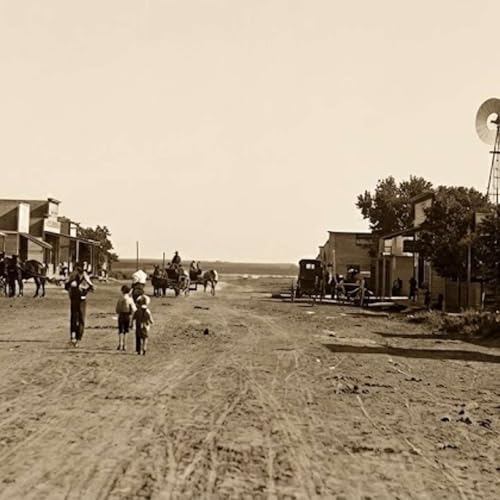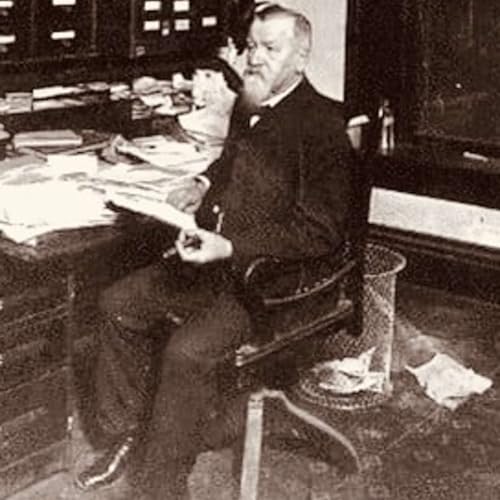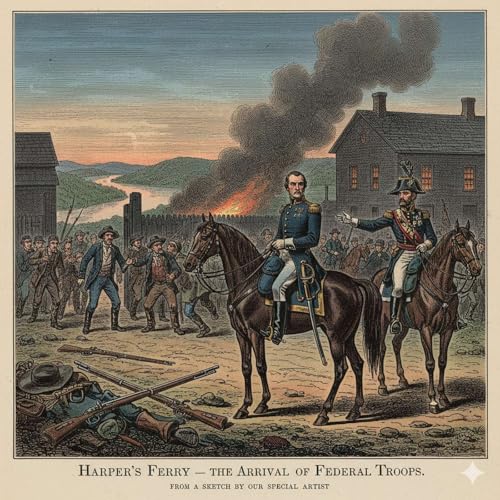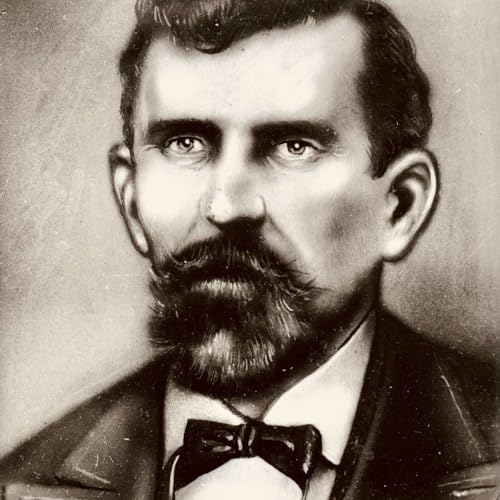Send us a text
A single whistle split the prairie air—and with it, the future of two rival towns. We revisit November 25, 1887, when the Arkansas, Kansas, and Colorado Railroad rolled into Ford, Kansas and turned isolation into opportunity, commerce into momentum, and a bitter rivalry into a clear verdict. What looks like a short stretch of track becomes a story about how infrastructure decides who thrives, who moves, and who fades from the map.
We set the stage with Dodge City’s fifteen-year boom as a cattle and railroad capital, then zoom into the quieter but consequential struggles of southern Ford County’s farmers. Without rail access, every mile to market was risk: spoilage, delays, and thin margins. The new line changed that overnight. With Ford connected to Dodge City and eastern markets, exports grew, schedules stabilized, and investment finally made sense. The town stepped into a broader economy where grain, livestock, and goods could move with dependable speed.
The rivalry with Ryansville brings the stakes to life. Routes are power, and when the tracks chose Ford, merchants in Ryansville made a dramatic decision—lift entire buildings onto rollers and move their livelihoods across the prairie. It’s a vivid moment of Great Plains history that illustrates a lasting truth: when the path to markets shifts, communities shift with it. We explore how rails replaced wagon trails, how a spur line closes a local frontier, and how a map can be redrawn by timetables, grain elevators, and the steady rhythm of freight.
If you’re drawn to stories where technology meets human grit—railroad history, frontier towns, agriculture, and the economics of access—you’ll find this tale both vivid and timely. Subscribe for more sharply drawn moments from Ford County’s past, share the episode with a history lover, and leave a review to help others discover these hidden turning points.
Support the show
If you'd like to buy one or more of our fully illustrated dime novel publications, you can click the link I've included.
 19 分
19 分 17 分
17 分 30 分
30 分 3 分
3 分 2025/11/1825 分
2025/11/1825 分 23 分
23 分 32 分
32 分 2025/10/2931 分
2025/10/2931 分
